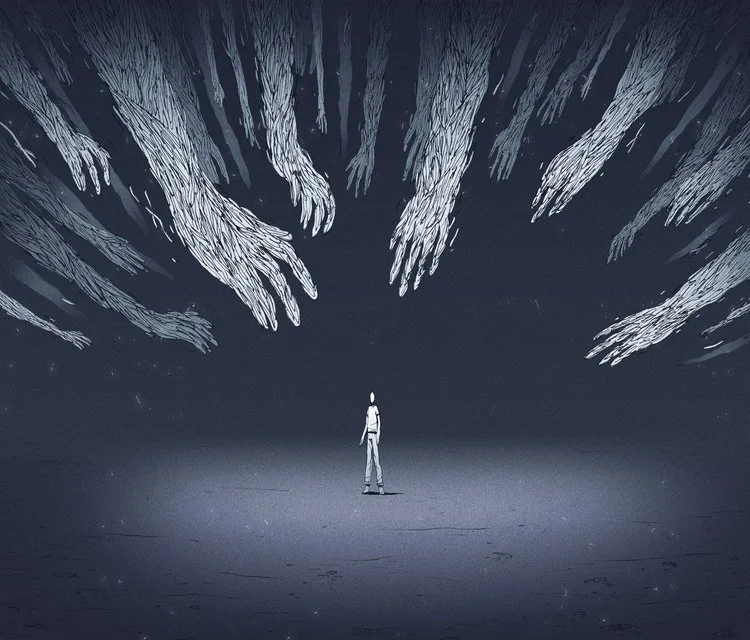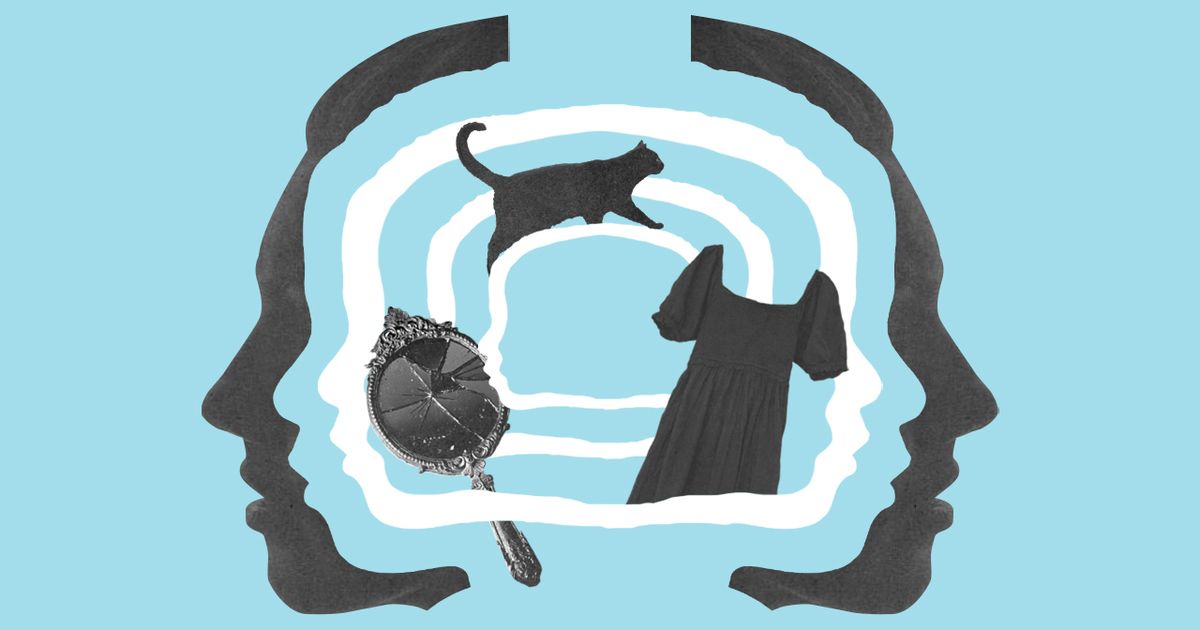Now Reading: Unseen Dangers vs Imagined Ones: How Fear Shapes the Way We See Risk
-
01
Unseen Dangers vs Imagined Ones: How Fear Shapes the Way We See Risk
Unseen Dangers vs Imagined Ones: How Fear Shapes the Way We See Risk

Humans often struggle to tell apart real threats from imagined ones. A sudden noise in the dark, a rumor spreading in a neighborhood, or even a health worry can trigger fear before facts are clear. In Tier-2 cities, where community bonds are strong but resources for verification are limited, the line between unseen dangers and imagined ones becomes even more blurred. Understanding this difference is key to making balanced decisions in daily life.
The Nature of Unseen Dangers
Unseen dangers are risks that exist but are not always visible. For example, polluted water may look clean, yet it can cause illness. A weak building structure may seem stable until it collapses. These threats require awareness, science, and preventive measures to be identified. People often underestimate them because they don’t appear obvious in daily routines.
The Pull of Imagined Fears
Imagined dangers are shaped by perception rather than reality. Fear of ghosts in a dark street, exaggerated worries about minor health symptoms, or panic created by unverified news fall into this category. The human mind tends to fill gaps in knowledge with assumptions, and cultural influences often strengthen these beliefs. While imagined fears may feel real, they do not always match the actual risk.
How the Two Intersect in Indian Context
In smaller cities, both unseen and imagined dangers affect behavior. During a power cut, people may fear theft (a possible unseen danger) while also fearing supernatural forces (an imagined one). Similarly, news of a local disease outbreak may lead to genuine precautions but also unnecessary panic. This mix of real and imagined fears can create confusion in families and communities.
Impact on Daily Life
The way people respond to these fears influences decision-making. Some avoid stepping out at night even when streets are safe, while others ignore unseen health risks like untreated drinking water. Businesses and public services in Tier-2 cities often face challenges when people overreact to imagined threats but underestimate genuine ones. This imbalance can affect productivity, trust, and even community well-being.
Finding a Balanced Approach
Separating fact from imagination requires access to reliable information and awareness. Educating communities about unseen risks like hygiene, infrastructure safety, and cyber fraud is just as important as addressing cultural fears. At the same time, respecting emotions while guiding people toward evidence-based action can help reduce unnecessary anxiety.
Conclusion
Unseen dangers and imagined ones both shape how people experience risk. While unseen threats demand vigilance and prevention, imagined fears highlight the power of perception and belief. In India’s Tier-2 cities, learning to balance the two is crucial for building safer, more confident communities. The challenge lies not in eliminating fear altogether, but in learning to respond to it with clarity and understanding.

























